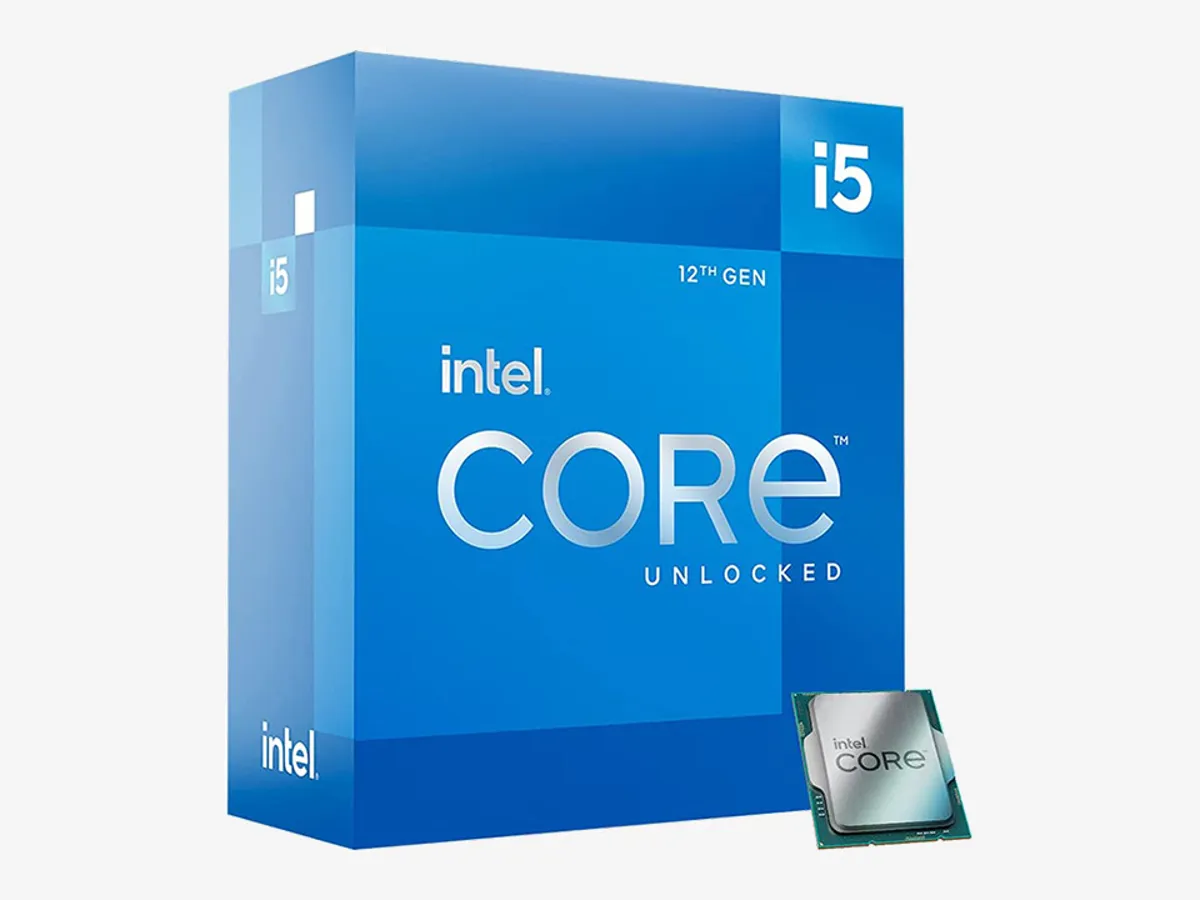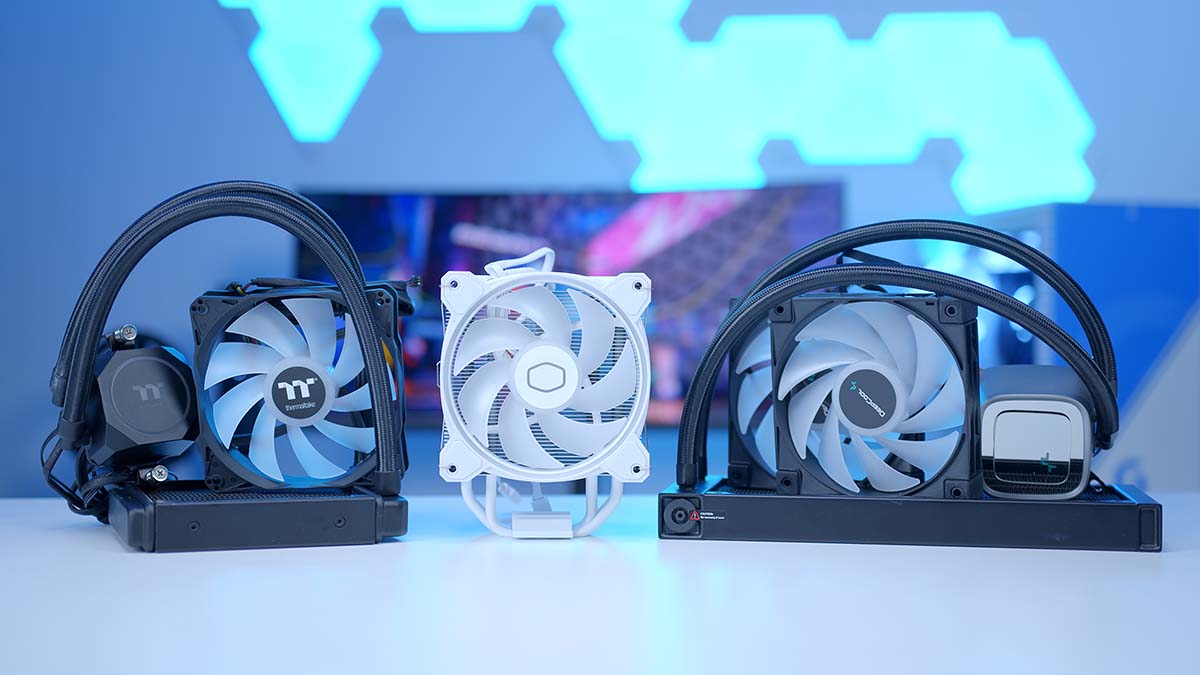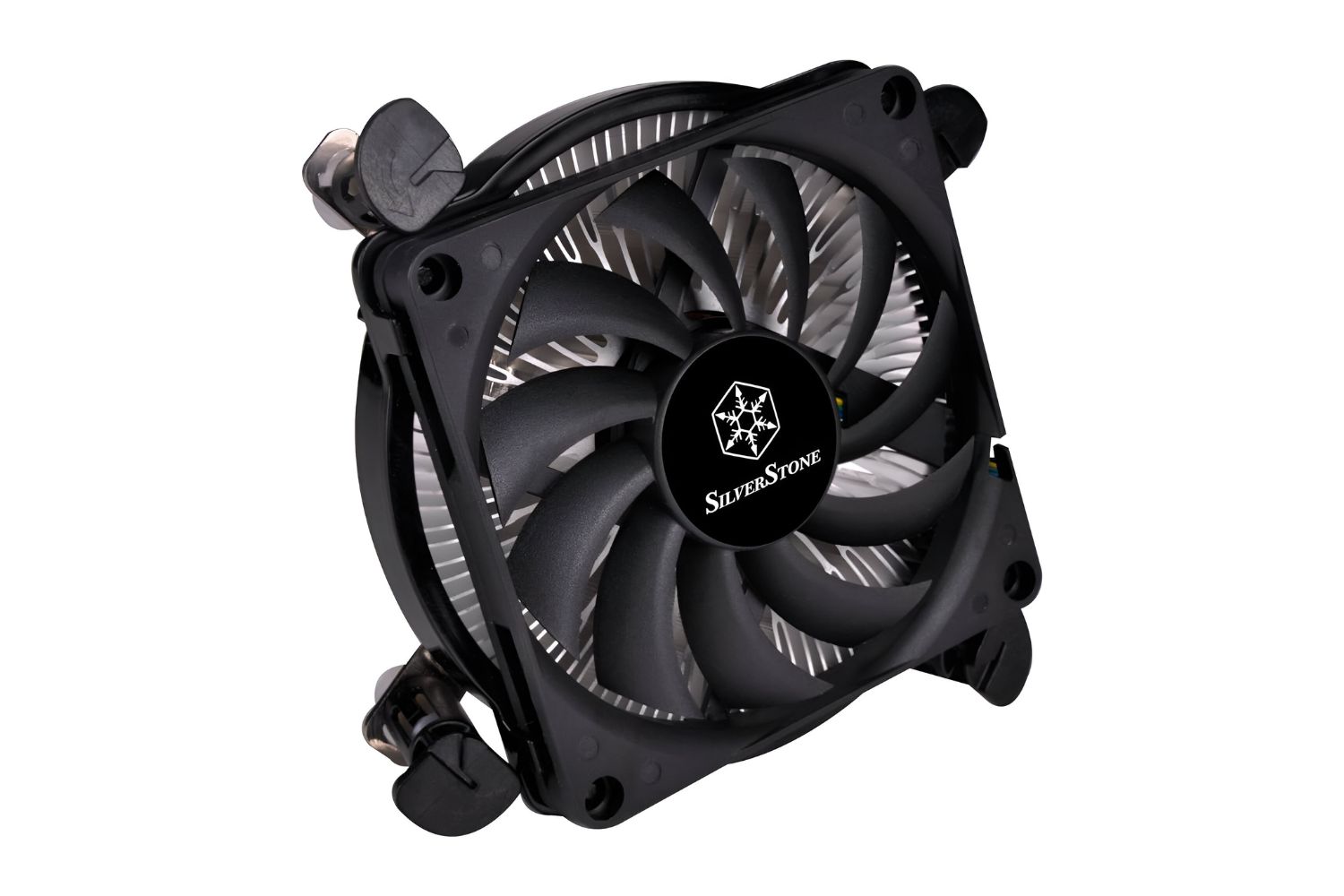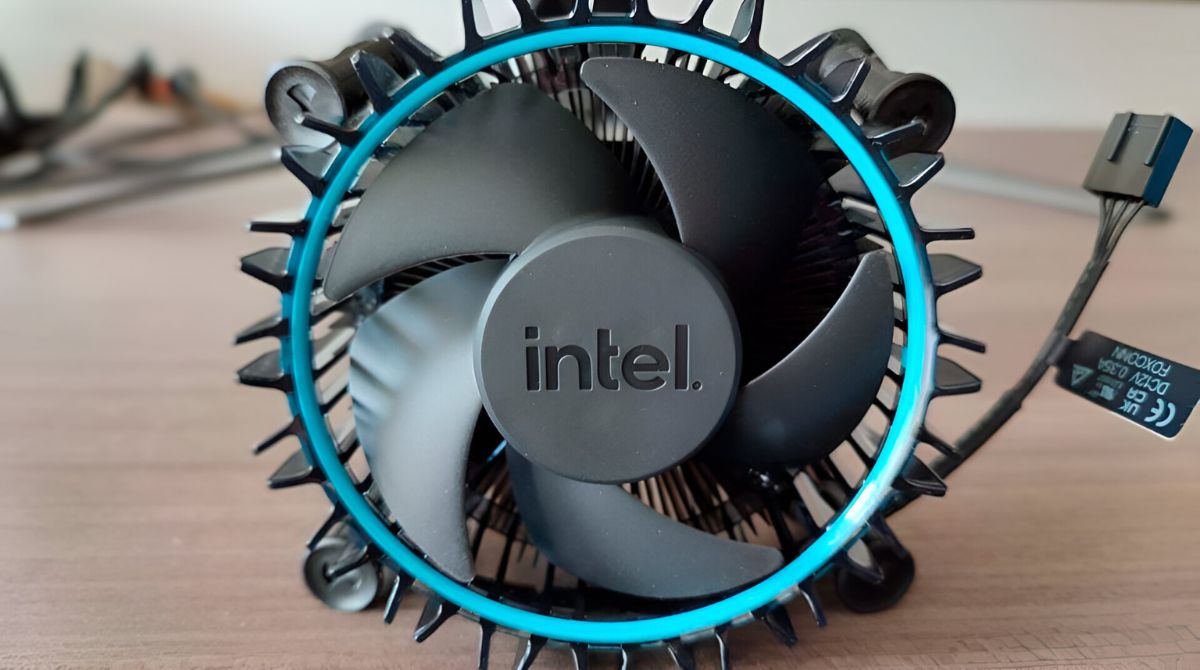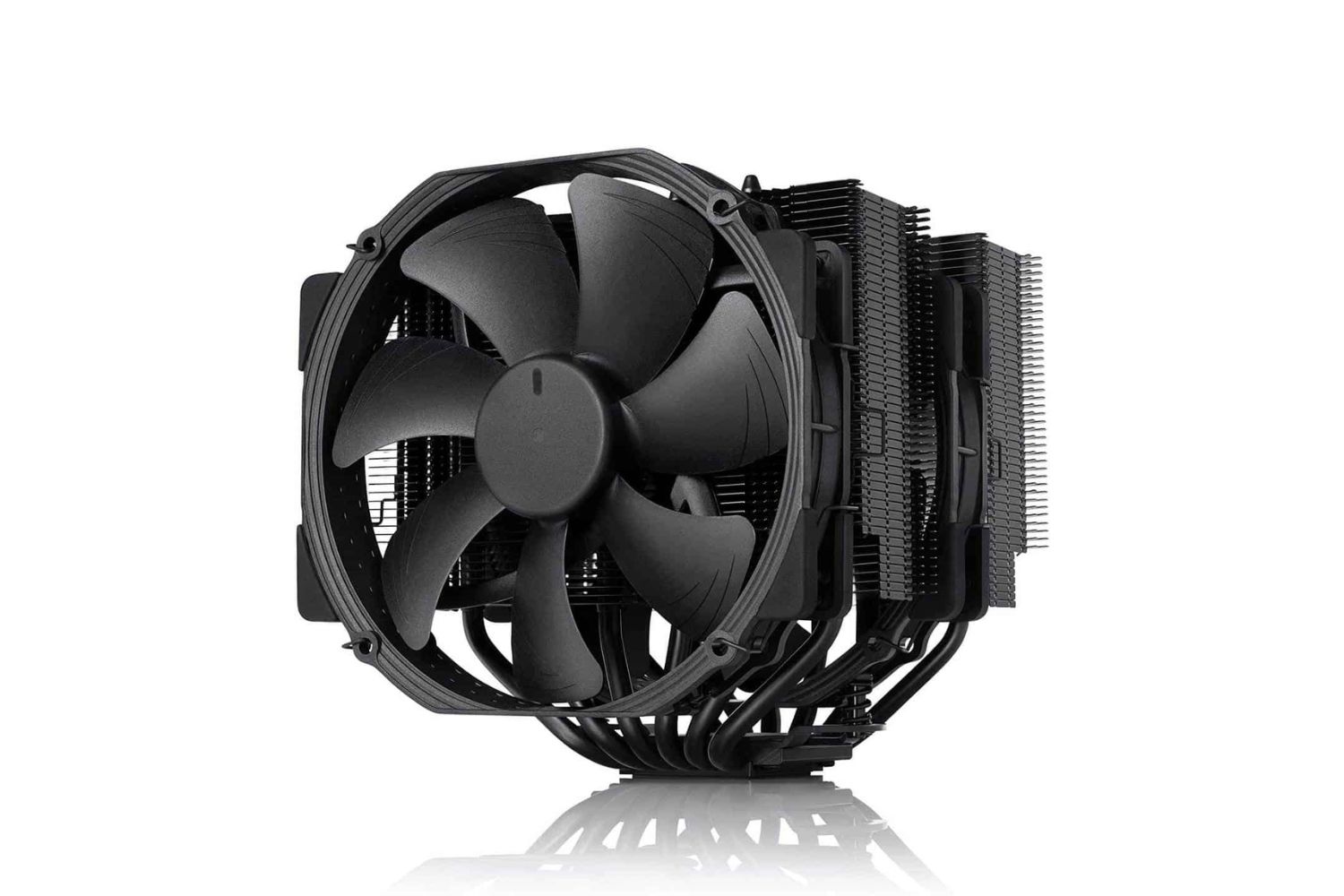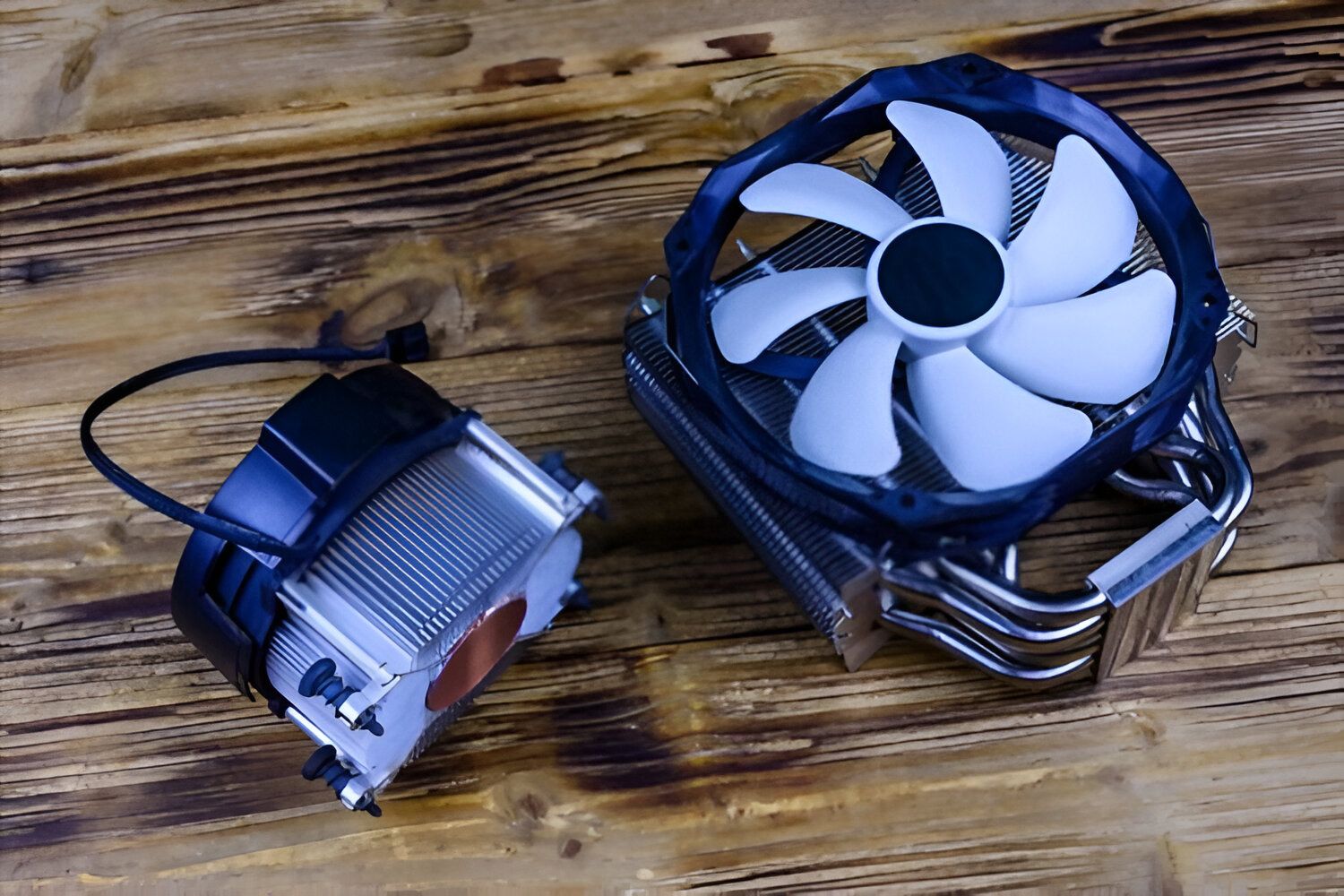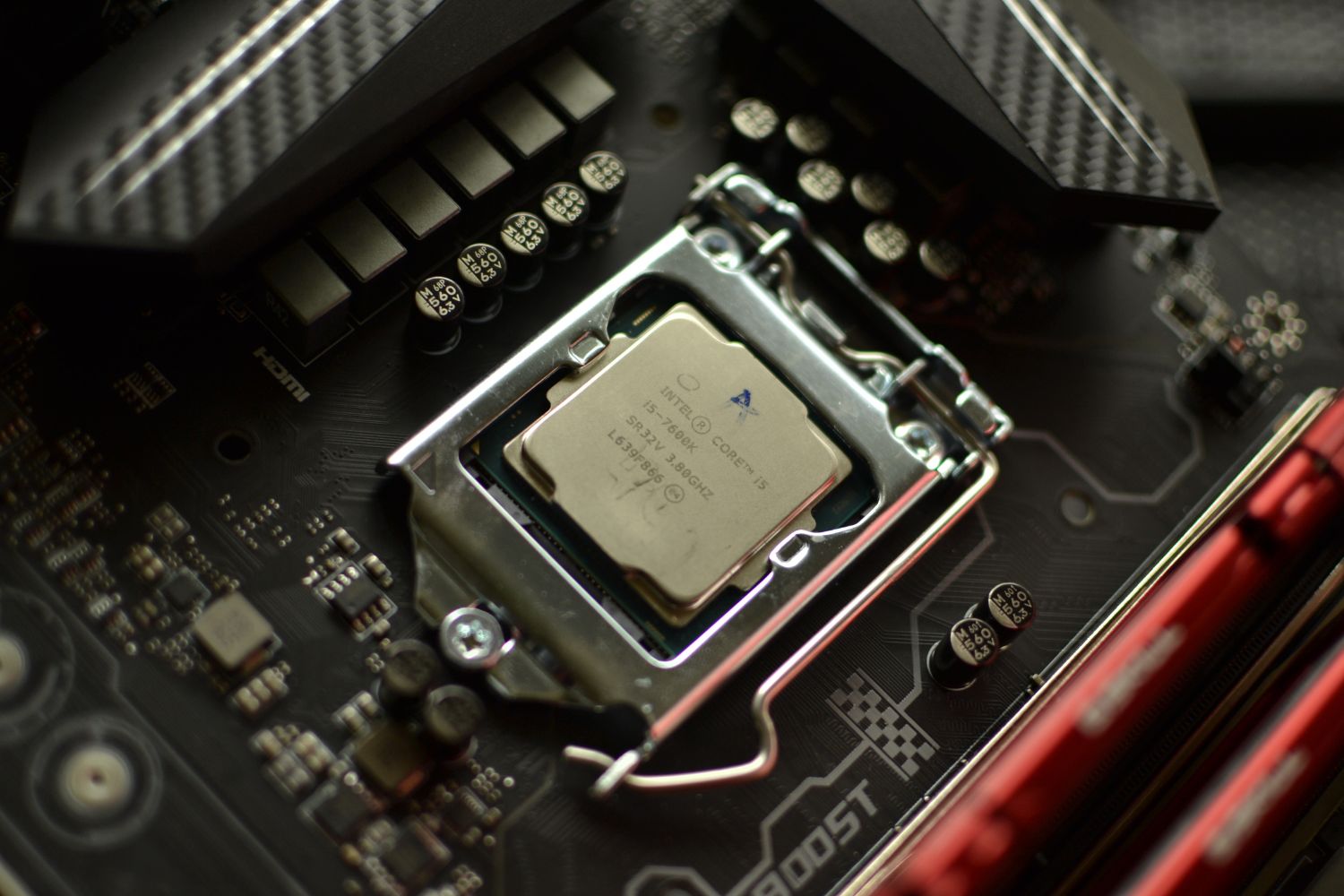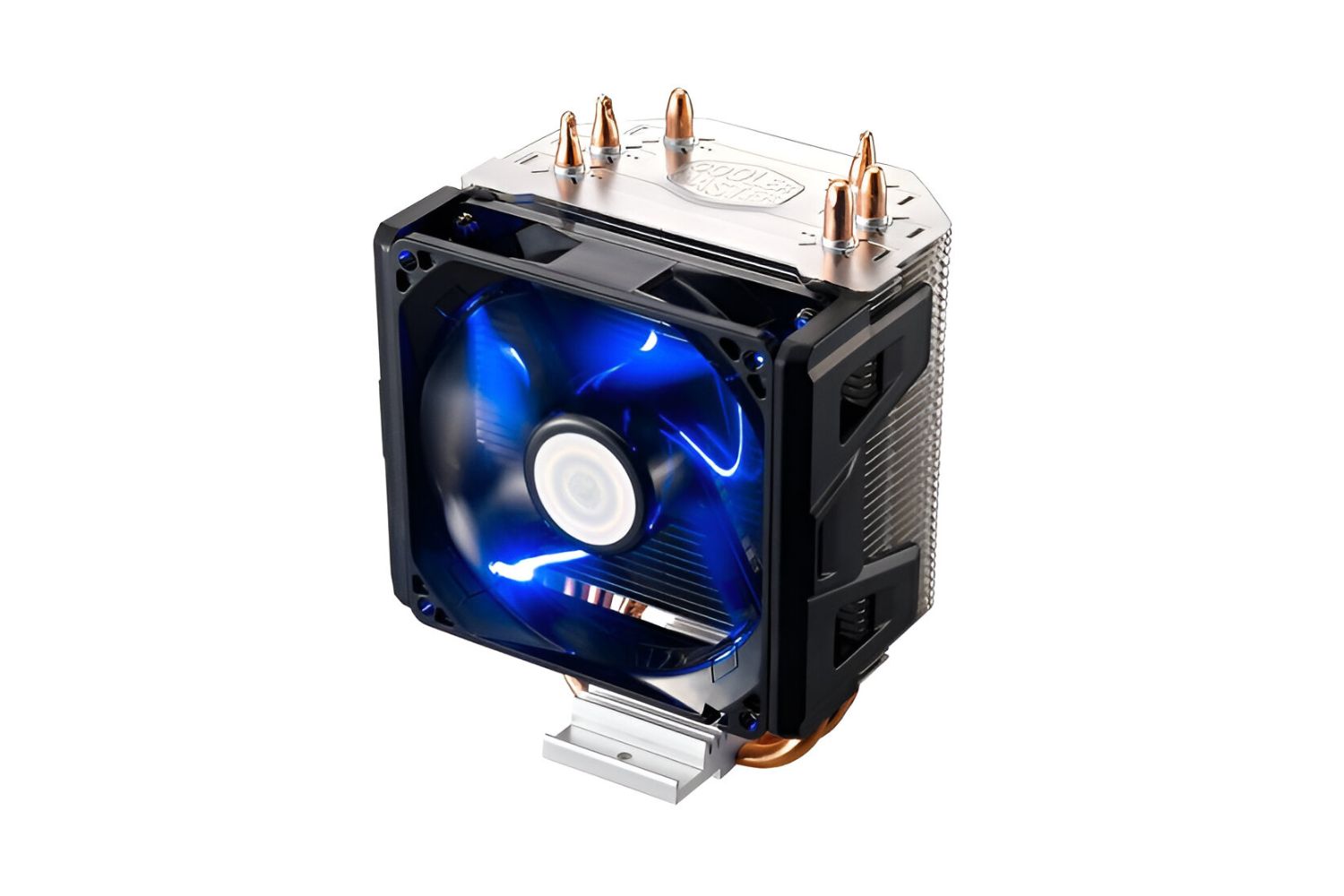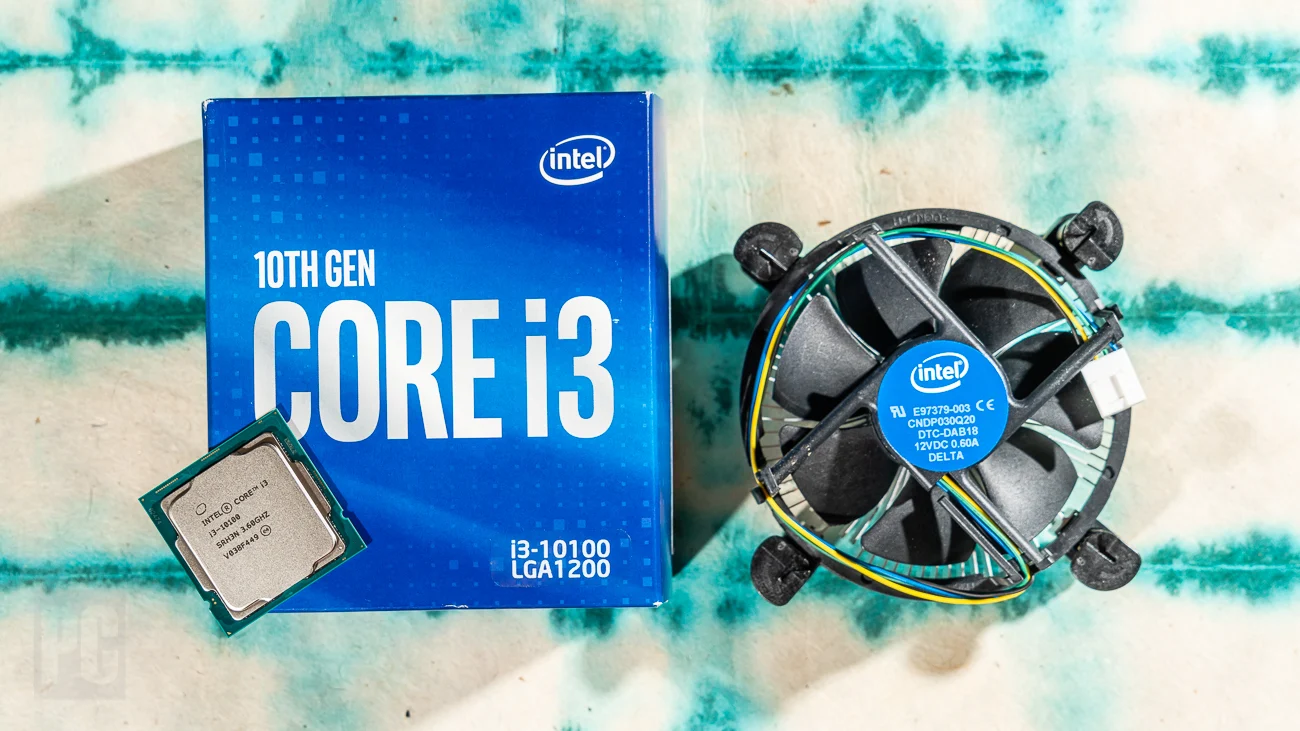Introduction
Welcome to the world of CPUs and temperatures! If you are a proud owner of an i5 CPU or just someone curious about computer hardware, understanding the importance of CPU temperature is crucial. Maintaining optimal CPU temperatures ensures reliable performance, reduces the risk of hardware damage, and enhances the overall lifespan of your computer.
Here, we will delve into the realm of CPU temperatures and specifically focus on i5 processors. Whether you are a gaming enthusiast, a graphic designer, or simply someone who uses their computer for everyday tasks, knowing what temperature your i5 CPU should be is key to ensuring smooth and efficient operation.
While we explore the topic of CPU temperatures, we will also discuss the different factors that affect CPU temperature and how you can monitor it effectively. Additionally, we will touch upon cooling solutions tailored specifically for i5 CPUs, as proper cooling plays a vital role in maintaining optimal temperatures.
So, if you’ve ever wondered about the ideal temperature for your i5 CPU or want to ensure you are taking the necessary steps to keep your processor running cool, this article is here to guide you. Let’s dive in and unravel the world of CPU temperatures in relation to i5 processors!
Understanding CPU Temperature
Before we dive into the specifics of i5 CPU temperatures, it’s important to have a basic understanding of what CPU temperature represents. In simple terms, CPU temperature refers to the heat generated by your computer’s central processing unit (CPU) during operation.
As your CPU carries out various tasks, it generates heat due to the electrical resistance and energy consumption within its components. This heat can potentially damage the CPU and other computer hardware if not properly managed. Therefore, it’s crucial to monitor and maintain an optimal temperature to ensure smooth functioning and prevent overheating.
The temperature of a CPU is typically measured in degrees Celsius (°C) or Fahrenheit (°F) and is influenced by factors such as the CPU’s power consumption, clock speed, workload, and the efficiency of the cooling system.
While the i5 CPU family encompasses various models, including the popular Intel Core i5 series, the ideal temperature range remains somewhat consistent across the board. By understanding what temperature range is considered normal for i5 CPUs, you can gauge whether your system is operating within appropriate limits.
Additionally, it’s important to note that different tasks and applications can cause variations in CPU temperatures. CPU-intensive activities like gaming, video editing, or running complex computational tasks can result in higher temperatures compared to lighter tasks such as web browsing or document editing.
Now that we have a grasp of the basics, let’s explore the normal temperature range for i5 CPUs in the next section.
Normal Temperature Range for i5 CPUs
When it comes to determining the normal temperature range for i5 CPUs, it’s important to note that these processors are designed to operate within specific temperature thresholds without compromising performance or risking damage. While individual i5 CPU models may have slight temperature variations, there is a general range that is considered normal for these processors.
On average, the normal temperature range for i5 CPUs during idle or light usage is around 30-45 degrees Celsius (86-113 degrees Fahrenheit). This means that when your computer is not under heavy load and is performing less demanding tasks, the CPU temperature should ideally stay within this range.
Under moderate to heavy usage, such as running intensive applications or playing graphically demanding games, the temperature can rise. In these scenarios, it is considered normal for i5 CPUs to reach temperatures of around 60-75 degrees Celsius (140-167 degrees Fahrenheit). However, it is important to monitor the CPU temperature closely and ensure it does not exceed these thresholds for extended periods, as sustained high temperatures can negatively impact the CPU’s lifespan and performance.
It’s worth mentioning that these temperature ranges are general guidelines, and the exact temperatures your i5 CPU reaches may vary depending on factors such as your specific CPU model, ambient temperature, cooling solution, and room ventilation. Consulting your CPU’s documentation or manufacturer’s specifications can provide more precise temperature specifications.
While it is normal for i5 CPUs to reach these temperature ranges under load, it’s important to ensure that they do not consistently exceed these limits or rapidly increase in temperature. If you find that your CPU is consistently running hotter than normal, it may be an indication of inadequate cooling or the need for maintenance, such as cleaning the CPU cooler or reapplying thermal paste.
In the next section, we will explore the various factors that can influence CPU temperature and contribute to deviations from the normal range.
Factors Affecting CPU Temperature
Several factors can impact CPU temperature and contribute to deviations from the normal temperature range for i5 CPUs. Understanding these factors can help you identify potential causes of high temperatures and take appropriate measures to mitigate them.
1. CPU Load: One of the primary factors that affect CPU temperature is the workload placed on the processor. Running CPU-intensive tasks like gaming, video rendering, or data analysis can significantly increase the CPU’s heat generation and lead to higher temperatures compared to light tasks like web browsing or word processing.
2. Cooling System: The effectiveness of your computer’s cooling system plays a crucial role in managing CPU temperature. The cooling system includes components like CPU coolers, fans, heat sinks, and case fans. Inadequate cooling or a malfunctioning cooling system can result in poor heat dissipation, leading to higher CPU temperatures.
3. Thermal Paste and CPU Cooler Installation: The application of thermal paste and the proper installation of the CPU cooler are crucial for effective heat transfer and cooling. Improper application of thermal paste or an incorrectly installed cooler can create air gaps and hinder heat dissipation, resulting in higher CPU temperatures.
4. Ambient Temperature and System Ventilation: The ambient temperature of your computer’s environment can impact CPU temperature. Higher ambient temperatures, especially in poorly ventilated spaces, can make it more challenging for the cooling system to dissipate heat efficiently, leading to increased CPU temperatures.
5. Overclocking: Overclocking is the practice of increasing the CPU’s clock speed beyond its default settings to achieve higher performance. While overclocking can boost performance, it also increases power consumption and heat generation, leading to higher CPU temperatures. If you are overclocking your i5 CPU, it’s essential to monitor temperatures closely and ensure adequate cooling.
6. Dust and Dirt Accumulation: Over time, dust and dirt can accumulate on the CPU cooler and other cooling components, reducing their effectiveness. This buildup can hinder heat dissipation and contribute to higher temperatures. Regular cleaning of the cooling system can help maintain optimal temperatures.
By considering these factors and taking appropriate measures, such as optimizing your workload, ensuring proper cooling, and maintaining a clean system, you can help manage and maintain optimal CPU temperatures for your i5 processor.
Monitoring CPU Temperature
Monitoring CPU temperature is essential to ensure that your i5 processor is running within safe limits. By keeping an eye on the temperature, you can identify potential issues, take necessary actions, and prevent overheating-related problems. Fortunately, there are several ways to monitor the CPU temperature effectively.
1. BIOS/UEFI: Most modern motherboards provide the option to monitor CPU temperature directly from the BIOS/UEFI settings. By accessing the BIOS/UEFI interface during system startup, you can find temperature readings and other system information. Consult your motherboard’s manual to locate the temperature monitoring feature.
2. Software Applications: There are numerous software applications available that provide real-time CPU temperature monitoring. These programs often offer additional features such as fan control, voltage monitoring, and overclocking options. Popular software options include HWMonitor, SpeedFan, Core Temp, and Open Hardware Monitor.
3. Task Manager: Windows users can use the built-in Task Manager to monitor CPU usage and temperature. Simply open the Task Manager by right-clicking on the taskbar and selecting “Task Manager.” In the Performance tab, you can monitor CPU usage graphs and check the CPU temperature under the “Temperature” or “Thermal” section.
4. System Monitoring Widgets: Some operating systems, such as Windows and macOS, offer built-in system monitoring widgets that can be added to the desktop or taskbar. These widgets can display key system information, including CPU temperature, in a convenient and accessible manner.
5. Hardware Monitoring Tools: Certain CPU coolers and graphics card manufacturers provide their own hardware monitoring tools. These tools are often specific to their respective products and can offer more detailed temperature information and customization options.
When monitoring CPU temperature, it’s important to note that temperatures can vary depending on the CPU load and ambient conditions. It’s crucial to establish a baseline temperature when the system is idle or under light load and monitor how the temperature changes during heavier usage scenarios.
If you notice consistently high temperatures or spikes in temperature during normal usage, it may be an indication of inadequate cooling or other underlying issues. In such cases, consider cleaning your cooling components, reapplying thermal paste, upgrading your cooling system, or seeking professional assistance if needed.
By staying vigilant and regularly monitoring CPU temperature, you can ensure the optimal performance and longevity of your i5 processor.
Cooling Solutions for i5 CPUs
Effective cooling is essential for maintaining optimal temperatures and ensuring the longevity and performance of your i5 CPU. If you find that your CPU temperatures are consistently high or nearing the upper limits, it may be time to explore different cooling solutions. Here are some options to consider:
1. Stock CPU Cooler: Most i5 CPUs come bundled with a stock CPU cooler from the manufacturer. These coolers are designed to provide adequate cooling for normal usage scenarios. However, if you engage in more demanding tasks or live in a warmer environment, upgrading to an aftermarket cooling solution may be necessary.
2. Air CPU Coolers: Air coolers are a popular choice due to their affordability and reliability. These coolers consist of a heatsink and a fan that helps dissipate heat from the CPU. Look for air coolers that are compatible with your i5 CPU socket and have a high enough thermal capacity to handle your computer’s workload.
3. Liquid CPU Coolers: Liquid CPU coolers, also known as all-in-one (AIO) coolers, offer efficient cooling performance by using a liquid coolant to transfer heat away from the CPU. These coolers typically consist of a CPU block, radiator, and fans. Liquid coolers are particularly effective for overclocked i5 CPUs or systems that undergo heavy workloads.
4. Thermal Paste: Thermal paste is a heat-conductive material applied between the CPU and the cooler to improve thermal conductivity. Over time, the thermal paste may dry out or lose its effectiveness, resulting in decreased cooling performance. Reapplying a high-quality thermal paste can help reduce CPU temperatures and improve heat transfer.
5. Case Fans: Adequate airflow within the computer case is crucial for maintaining optimal temperatures. Installing additional case fans can help improve overall airflow, particularly if your system suffers from poor ventilation. Ensure that the fans are properly positioned to create a balanced airflow, directing cool air toward critical components and expelling hot air efficiently.
6. Fan Speed and Control: Adjusting the fan speeds can help optimize cooling and reduce noise levels. Most aftermarket CPU coolers and some motherboard BIOS/UEFI settings allow you to control fan speeds. Balancing cooling performance and noise levels can help create a quieter and cooler operating environment.
When selecting a cooling solution, consider factors such as your budget, system requirements, and specific needs. If you are unsure about compatibility or installation, consulting with a computer hardware professional can provide valuable guidance.
Remember, maintaining proper cooling is not solely dependent on the cooling solution itself but also includes other factors like dust management, case airflow optimization, and regular maintenance. By implementing effective cooling solutions and maintaining a clean and well-ventilated system, you can ensure optimal CPU temperatures for your i5 processor.
Conclusion
Understanding the temperature range for your i5 CPU and the factors that affect it is crucial for maintaining optimal performance and prolonging the lifespan of your processor. By monitoring the CPU temperature, you can take proactive measures to prevent overheating and ensure smooth and efficient operation.
We explored the normal temperature range for i5 CPUs, which generally falls between 30-45 degrees Celsius (86-113 degrees Fahrenheit) during idle or light usage and 60-75 degrees Celsius (140-167 degrees Fahrenheit) under moderate to heavy load. It’s important to note that these ranges can vary dependent on specific CPU models, workload, and other factors.
We also discussed the various factors that can affect CPU temperature, such as CPU load, cooling system efficiency, thermal paste application, ambient temperature, overclocking, and dust accumulation. Monitoring these factors and taking appropriate action can help manage CPU temperatures and prevent overheating-related issues.
In addition, we highlighted the importance of monitoring CPU temperature and identified different methods to do so, including BIOS/UEFI settings, software applications, task managers, system monitoring widgets, and hardware monitoring tools. Regular monitoring allows for early detection of temperature anomalies and enables timely troubleshooting and maintenance.
To maintain optimal temperatures, we explored various cooling solutions, including stock CPU coolers, air coolers, liquid coolers, thermal paste application, case fans, and fan speed control. Choosing the right cooling solution for your i5 CPU based on your specific needs, budget, and system requirements is essential for effective heat management.
In conclusion, keeping your i5 CPU within the appropriate temperature range is crucial for optimal performance and longevity. By understanding CPU temperature, monitoring it regularly, and implementing suitable cooling solutions, you can ensure a cool and smooth computing experience.







